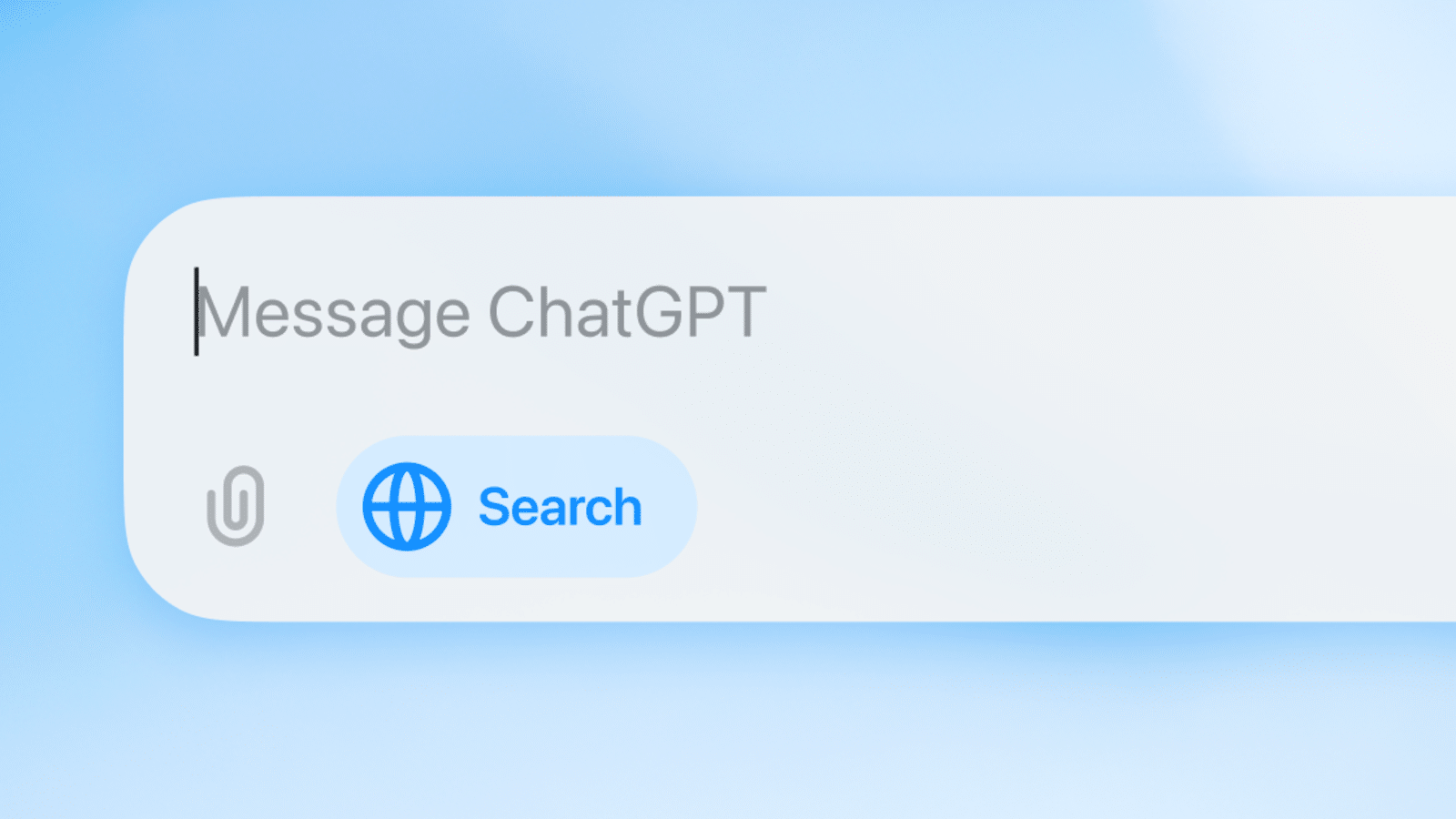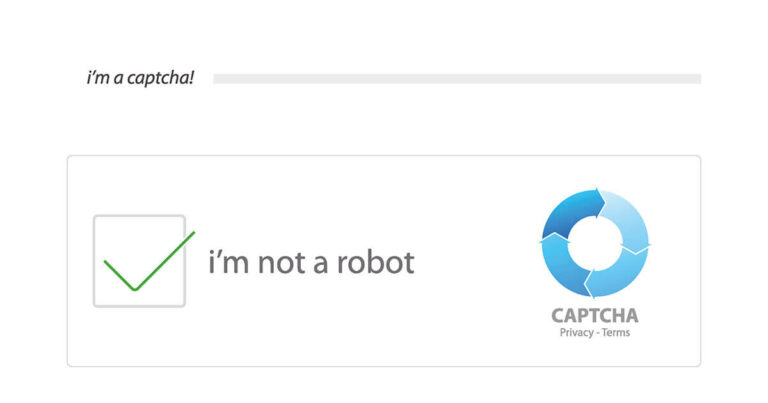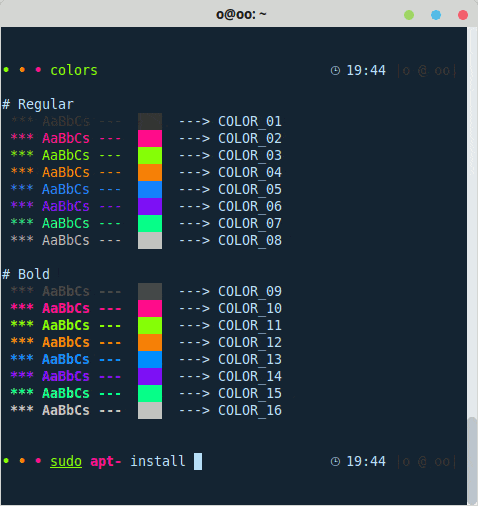OpenAI, a leading artificial intelligence company, has just launched a browser extension that is causing a stir in the technology world. This new tool promises to replace the need for Google as the main search engine, offering a more intuitive and efficient search experience. They now have a knife and cheese in their hands… a relatively simple solution that could impact even the market.
Main Features of the Extension
ChatGPT integration
The extension incorporates ChatGPT’s powerful technology directly into the browser’s search bar, allowing users to ask questions in natural language and receive contextualized and detailed answers.
Advanced Semantic Search
Unlike traditional keyword-based searches, this extension uses semantic understanding to interpret the intent behind users’ queries.
Adaptive customization
The tool learns from user interactions, progressively improving the relevance of the results displayed.
Market Impact
This launch represents a significant challenge to Google, which has long dominated the online search market. Analysts predict that this new OpenAI extension could potentially reshape the internet search landscape.
Privacy and security
OpenAI emphasizes its commitment to user privacy, implementing end-to-end encryption and strict do-not-track policies. Is that so?
Impact on Google Ads, damaging Google’s business model
The OpenAI extension not only challenges Google’s dominance in search, but also threatens its main business model: Google Ads. With the integration of ChatGPT into browsers, users can get direct, contextualized answers without having to click on ads, potentially reducing the effectiveness and reach of advertising campaigns on Google. This change could lead to a significant decrease in Google’s advertising revenues, forcing the company to re-evaluate its monetization strategy. In addition, AI’s ability to generate personalized and optimized ads may make traditional ad creation tools less attractive, encouraging advertisers to explore new platforms and technologies to reach their target audience more efficiently.
Download the Google Chrome extension here to try it out 🙂
See you next time!











